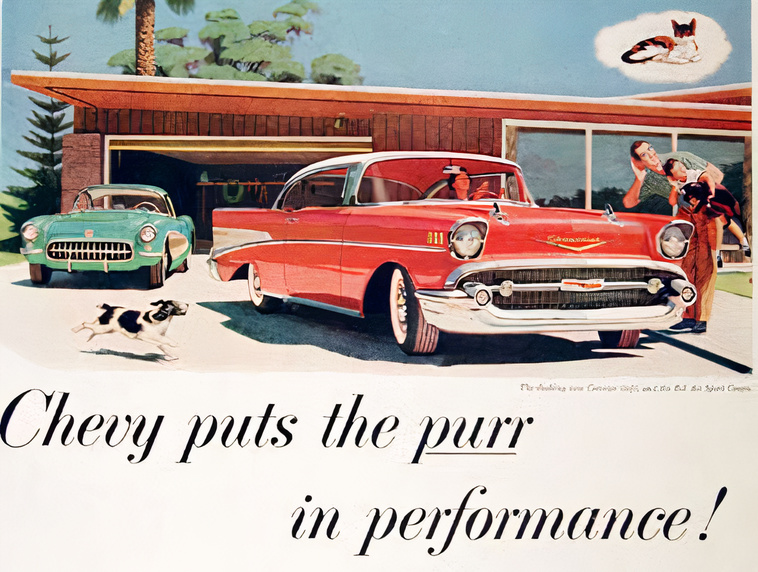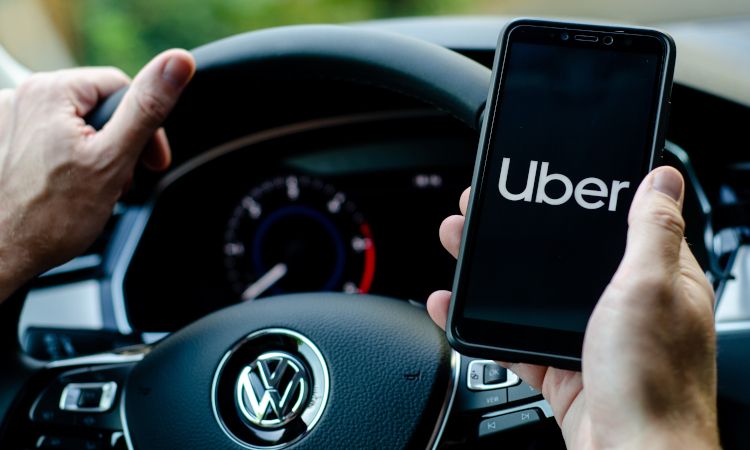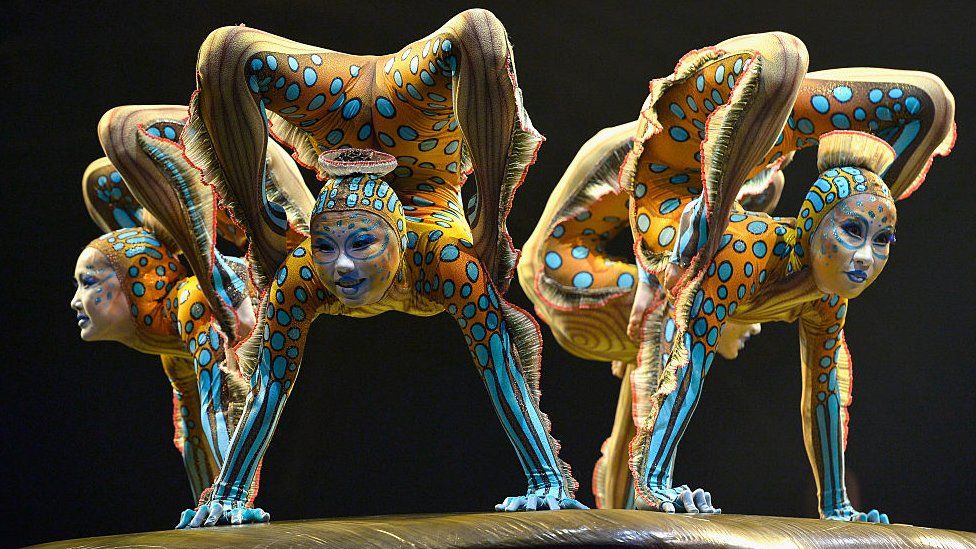Uber experience, Cirque Du Soleil’s comeback, how GM invents targeted advertising in 1922
Using behavioral science to remove friction from the Uber customer experience.
Can behavioral science powered by insights into the customer journey improve the brand experience? Uber thinks so. They focused their efforts on removing friction from the customer journey — you know, those places in the transaction process that confuse, don’t go right, and don’t seem intuitive, resulting in frustrated buyers or friction in the buying process.
Uber’s transformation of customer experience came from seeing their bias blind spot.
They focused on building a customer experience that was simple, intuitive, quick and easy Using real-time insights to improve the in-app help center for customers and riders, and identifying and optimizing its Chat Support, Uber discovered what was contributing to a positive customer experience. They discovered if you really pay attention to what the buyer is going through you can reduce confusion and improve the entire process almost seamlessly.
Coming back: Cirque Du Soleil marketing strategy is all about engaging the fans.
Fans are the customers of Cirque Du Soleil. They have passion and commitment and savor the experience of every new show. Coming back from the brink of bankruptcy and completely shut down through the pandemic, Cirque Du Soleil is back and at the center of their marketing strategy and expanding commercial growth is their fan base. Marketing is not about selling to the fans it’s about inviting them into a new experience.
Fans are the center of the Cirque Du Soleil brand experience. By focusing on this connection, Cirque Du Soleil is coming back. Since presenting their new performances the audience growth in the last three months has continued to expand exponentially. Engaging with customers as fans, that is, full participants in the brand can tell us something about marketing and customer behavior for other brands.
.

How GM shaped consumer behavior with targeted advertising nearly 100 years ago.
While targeted advertising may sound like something relatively new, the practice has actually been around for almost a century. General Motors‘ “car for every purse and purpose” scheme revolutionized the way the motor industry thought about advertising and created a world where every adult thought it was their right to have a car and a single-family home. All a marketing invention of the car companies like BMW or Mercedes, the idea was not just to own a car but to eventually graduate to the higher brands — after all, you deserve it, right?
The motor industry used advertising to create a world where every adult thought it was their right to have a car and a single-family home.
This approach was a direct challenge to Henry Ford’s one-size-fits-all approach with the Model T and soon became commonplace throughout the industry. As highlighted by GM’s innovative car ads in the 1920s, marketers have long known that personalized marketing content delivers more sales. Cultivation of a targeted image of what you think you should be driving lives on in ads even today — how many times have you seen ads showing a couple driving down a winding oceanfront highway at sunset in the perfect sports sedan.
How targeted ads impact behavior today
Fast forward to the digital era: now, advertisers have a plethora of ways they can reach individuals through targeted advertising. Technology may give us more tools and insight but the approach is the same. One of the core elements of targeted ads is their ability to use previous behavioral patterns to shape the future decisions people may be making. Researchers at the University of Cambridge took things a step further by assessing how digital footprints can be used to influence behavior in the real world. Only time will tell whether the reinvented way of targeting ads will deliver what consumers and advertisers want.

